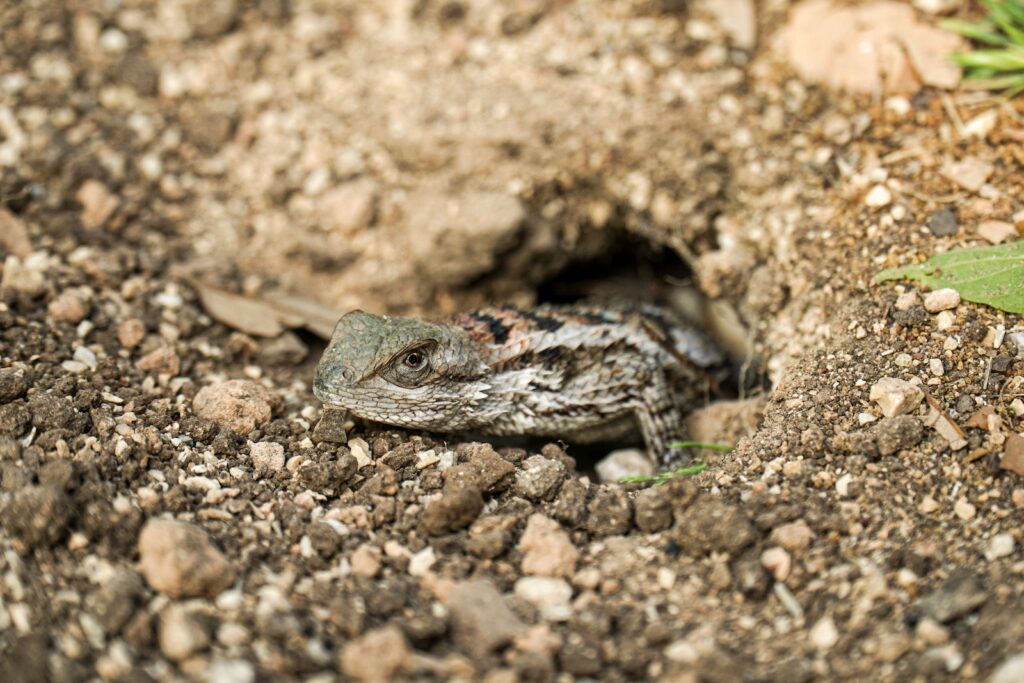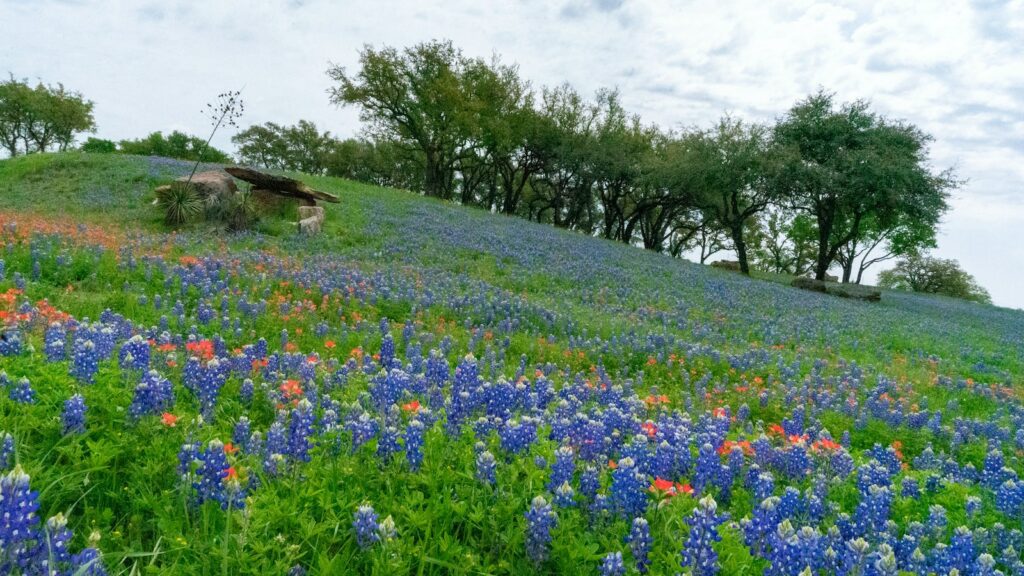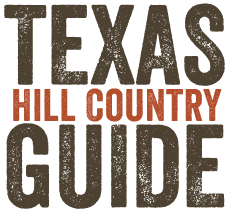A Guide to the Native Animals and Plants

Texas Hill Country is home to a diverse range of wildlife and plant species. From the iconic Texas Longhorn to the elusive white-tailed deer, the region’s native animals are an integral part of its natural heritage. In addition to the animals, the Hill Country is also home to a variety of plant species, including the prickly pear cactus and the Texas bluebonnet.
Whether you’re a nature enthusiast, a hiker, or simply curious about the region’s natural beauty, this guide will offer valuable insights into the flora and fauna of the area. By exploring the different species that call Texas Hill Country home, readers will gain a deeper appreciation for the region’s ecological diversity and the importance of preserving its natural resources.
Geography of Texas Hill Country
Texas Hill Country is a region in central Texas, USA. It is located in the Edwards Plateau, which is a part of the larger Great Plains region. The area is characterized by rolling hills, rocky terrain, and numerous rivers and streams that flow through it. The region covers an area of about 25,000 square miles and is home to a diverse range of plant and animal species.
The Texas Hill Country region is located in the south-central part of the state. It is bordered by the Balcones Fault to the east, the Edwards Plateau to the west, and the Gulf Coastal Plains to the south. The region is known for its unique geology, which includes limestone formations, underground caves, and sinkholes.
The climate in Texas Hill Country is generally warm and dry, with hot summers and mild winters. The region receives an average of 30-40 inches of rainfall per year, with most of it occurring during the spring and fall months. The vegetation in the area is diverse and includes oak, mesquite, and juniper trees, as well as various grasses and wildflowers.
Overall, Texas Hill Country is a unique and beautiful region that is home to a wide variety of plant and animal species. Its geography, climate, and vegetation make it an ideal habitat for many native species, and it is a popular destination for nature lovers and outdoor enthusiasts.
Native Animals of Texas Hill Country
Mammals
Texas Hill Country is home to a variety of mammal species. Some of the most common mammals found in this region are:
- White-tailed deer
- Coyotes
- Raccoons
- Opossums
- Armadillos
- Bobcats
Birds
The bird population in Texas Hill Country is diverse and abundant. Some of the most commonly spotted bird species in this region are:
- Northern Cardinal
- American Goldfinch
- Eastern Bluebird
- Red-tailed Hawk
- Wild Turkey
- Great Horned Owl
Reptiles
Texas Hill Country is home to a variety of reptile species. Some of the most commonly found reptiles in this region are:
- Western Diamondback Rattlesnake
- Texas Horned Lizard
- Texas Spiny Lizard
- Red-eared Slider
- Common Snapping Turtle

Amphibians
The amphibian population in Texas Hill Country is diverse and abundant. Some of the most commonly found amphibians in this region are:
- American Bullfrog
- Gulf Coast Toad
- Texas Blind Salamander
- Spotted Salamander
- Red-spotted Newt
Insects
Texas Hill Country is home to a variety of insect species. Some of the most commonly found insects in this region are:
- Monarch Butterfly
- Honey Bee
- Praying Mantis
- Firefly
- Cicada
- Ladybug
That’s it for the section on Native Animals of Texas Hill Country.
Native Plants of Texas Hill Country
Trees
Texas Hill Country is home to a variety of native trees that thrive in the region’s unique climate and soil conditions. Some of the most common tree species found in the area include:
- Live Oak
- Texas Red Oak
- Ashe Juniper
- Pecan
- Texas Persimmon
Shrubs
Shrubs are an important part of the Texas Hill Country ecosystem. They provide food and shelter for a variety of wildlife species. Some common shrubs found in the area include:
- Agarita
- Texas Mountain Laurel
- Flame Acanthus
- Yaupon Holly
- Texas Sage

Grasses
Grasses are a vital component of the Texas Hill Country’s ecosystem. They help prevent soil erosion, provide food for grazing animals, and offer habitat for small mammals and insects. Some of the most common grass species found in the area include:
- Little Bluestem
- Indiangrass
- Switchgrass
- Big Bluestem
- Eastern Gamagrass
Wildflowers
Texas Hill Country is known for its stunning wildflowers. Every spring, the region explodes with color as wildflowers bloom across the landscape. Some of the most common wildflowers found in the area include:
- Bluebonnet
- Indian Paintbrush
- Mexican Hat
- Black-eyed Susan
- Winecup
That’s all for the section on Native Plants of Texas Hill Country.
Conservation Efforts
Conservation efforts in the Texas Hill Country have been ongoing for many years, with the goal of preserving the unique wildlife and plant species found in the region. The Texas Parks and Wildlife Department, along with various non-profit organizations, have implemented a number of initiatives to protect and restore habitats, as well as educate the public on conservation efforts.
One such initiative is the restoration of the Balcones Canyonlands Preserve, which spans over 30,000 acres of protected land. This preserve is home to a number of endangered species, including the golden-cheeked warbler and the black-capped vireo. Through habitat restoration and protection, these species are able to thrive and continue to contribute to the biodiversity of the region.
Another important conservation effort is the protection of the Edwards Aquifer, which provides water for much of the region’s wildlife and plant species. The Edwards Aquifer Authority works to regulate and manage the use of this important resource, ensuring that it remains sustainable for future generations.
In addition to these efforts, various non-profit organizations work to educate the public on the importance of conservation and ways in which individuals can make a difference. The Hill Country Conservancy, for example, hosts events and programs aimed at promoting conservation efforts and preserving the natural beauty of the region.
Overall, these conservation efforts have played a crucial role in protecting the unique wildlife and plant species found in the Texas Hill Country. Through ongoing initiatives and education, it is hoped that these species will continue to thrive for generations to come.
Visiting Texas Hill Country
Texas Hill Country is a beautiful region with a diverse range of wildlife and plants. Visitors can enjoy the natural beauty of the area by hiking, camping, or simply taking a scenic drive. The region has a variety of state parks and natural areas that are perfect for exploring.
One of the most popular parks in the region is the Enchanted Rock State Natural Area. This park is home to a massive granite dome that offers stunning views of the surrounding landscape. Visitors can hike to the top of the dome and explore the surrounding trails.
Another popular park is the Pedernales Falls State Park. This park is known for its beautiful waterfalls and swimming holes. Visitors can hike along the river and enjoy the natural beauty of the area.
If you’re interested in wildlife, the Hill Country Wildlife Museum and Raptor Center is a must-visit. The museum has a collection of over 1000 specimens of native animals and plants, including birds of prey, mammals, reptiles, and more.
Overall, Texas Hill Country is a great destination for nature lovers and anyone looking to explore the great outdoors. With its stunning scenery, diverse wildlife, and variety of parks and natural areas, there’s something for everyone to enjoy.
Conclusion
Overall, Texas Hill Country is home to a diverse range of native animals and plants. From the iconic Texas Longhorn to the elusive black-capped vireo, the region is teeming with wildlife waiting to be discovered. The varied terrain and climate provide ideal habitats for a wide range of species, making it a popular destination for nature enthusiasts and researchers alike.
While many of these species are thriving, others face threats from habitat loss, pollution, and climate change. It is important for visitors and residents alike to be aware of these issues and take steps to protect the delicate ecosystems that support these creatures.
By learning about and appreciating the unique flora and fauna of Texas Hill Country, we can work towards preserving it for generations to come.



